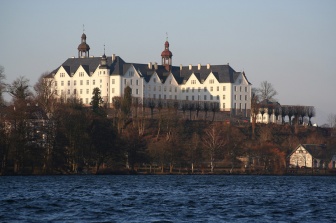Germany is a federal republic divided into 16 states. These states are called Bundesland(pl. Bundesländer) and each one of them has their fair share of places to visit and things to do. This series of posts titled “States of Germany” seeks to explore each state one by one and tell you a little bit about them. Feel free to post about things I have missed out on.
Last time, I posted about the state of Berlin. Our journey now continues into eastern Germany. This week, the state is Saxony-Anhalt which is located in north-eastern Germany. This deeply Prussian state is completely landlocked and borders four other German states: Brandenburg to the east, Lower Saxony to the west, Thuringia to the south and Saxony to the south-east. Also part of the former German Democratic Republic aka East Germany, this state used to be a border state between the two Germanys. The East German government partitioned the state in 1952. The state as it currently exists was formed in 1990 during the German Reunification. With a population of 2.2 million, Saxony-Anhalt is quite sparsely populated. Readers who have been reading my posts about German states would recall that most eastern states of the country are not as densely populated as their western counterparts but are rich in nature. Saxony-Anhalt is no exception. The capital of the state is the beautiful city of Magdeburg. The coat of arms of the state is a merger of the former coat of arms of the Prussian province of Saxony (top) and the free state of Anhalt (bottom). Continue reading









